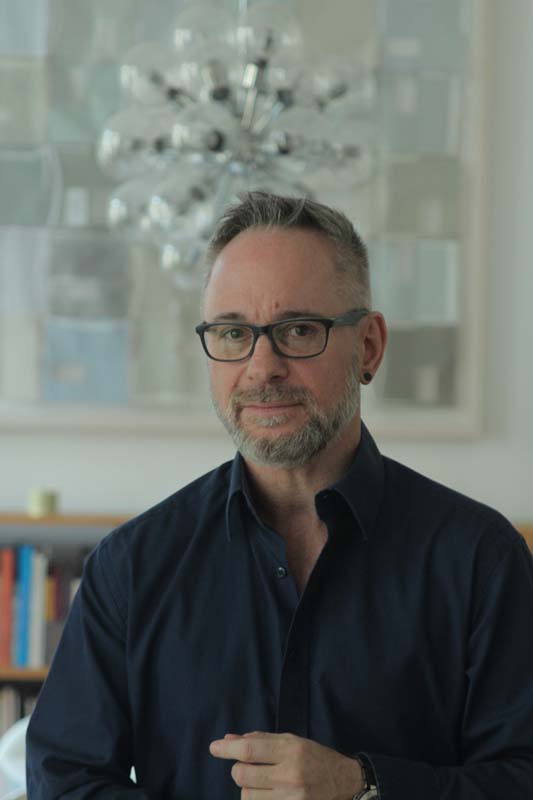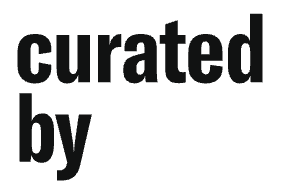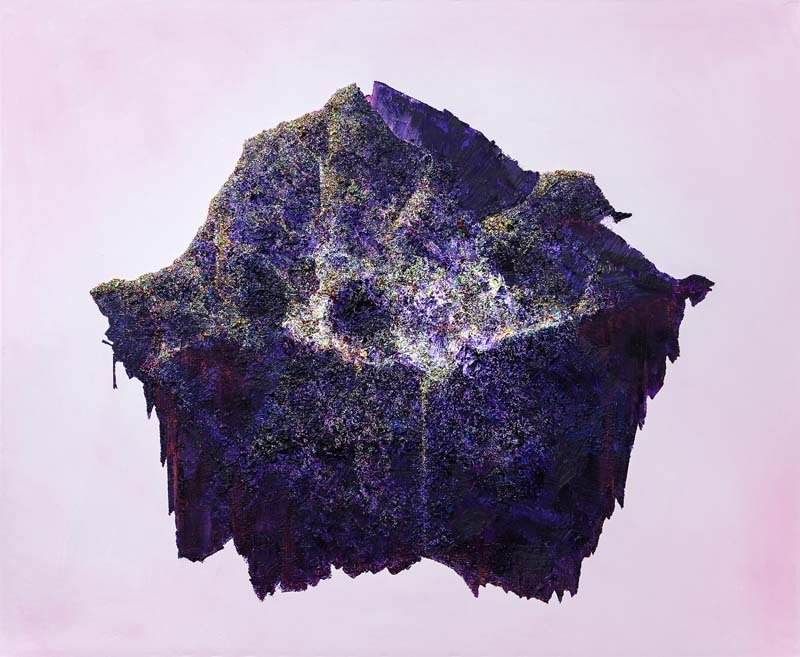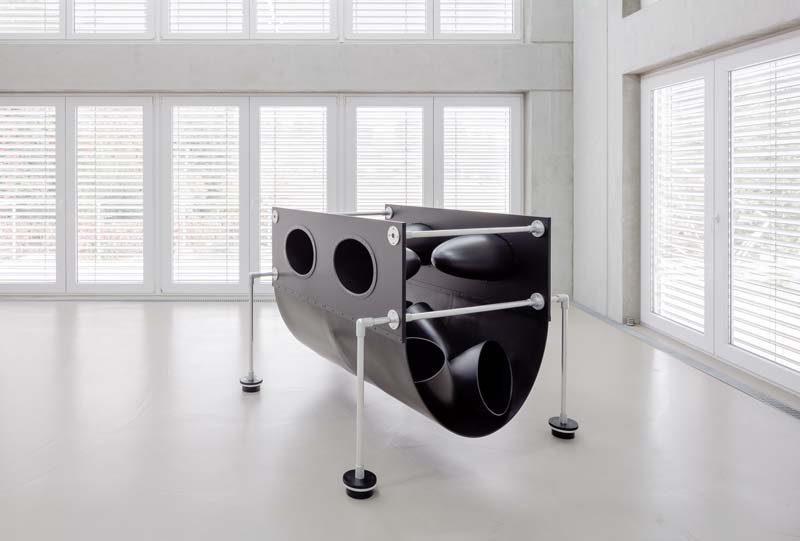Projektraum Viktor Bucher curated by Gérard A. Goodrow
„Hybridities “
8.9 - 26.9.2020
Press release 

Projektraum Viktor Bucher, Praterstrasse 13/1/2, 1020 Vienna
www.projektraum.at
www.projektraum.at
Curator(s):
Gérard A. Goodrow
More 

Gérard A. Goodrow (born in New Jersey/USA in 1964) is a freelance curator, author, and translator based in Cologne. He studied Cultural Anthropology and Art History at Rutgers University, New Jersey, Modern and Contemporary Art History at the City University of New York, and Art History, German Philology, and English Literature at the University of Cologne. Goodrow emigrated to Germany in 1987 and became a German citizen in 2004. Among the most important stations of his professional career are The New Museum of Contemporary Art in New York (1985–87), the Kunst-Station Sankt Peter in Cologne (1987–88), the Museum Ludwig in Cologne (1992–96), Christie’s in London (1996–2003), and the art fairs Art Cologne and Cologne Fine Art (2003–08). Over the last thirty years, he has curated well over 100 contemporary art and photography exhibitions in museums, galleries, and other institutions in Germany and abroad. He is author of numerous texts and publications and has taught and lectured extensively on international modern and contemporary art, photography, and the global art market.


© Eike Thomsen
Artist(s):
-
Aljoscha MoreAus dickflüssiger Acrylfarbe erschafft der ukrainische Künstler Aljoscha (*1974) fremdartige, organisch anmutende Gestalten und malt fantastische Landschaften, die zwischen Surrealismus und Science-Fiction oszillieren. Vorbote einer Zeit, in der das Atelier zum Labor wird, wo Künstler Leben erschaffen werden? The Ukrainian artist Aljoscha (b. 1974) uses viscous acrylic paint to create curious, seemingly organic figures and paints fantastic landscapes that oscillate between Surrealism and science fiction. Harbinger of a time in which the studio becomes a laboratory where artists create life?
-
Ulrike Buhl MoreDie eigenwilligen plastischen Arbeiten der deutschen Bildhauerin Ulrike Buhl (*1967) sind ebenfalls von einer organischen – oder vielmehr biomorphen – Formensprache geprägt. Es sind Gebilde, die scheinbar aus sich selbst heraus entstehen, als ob sie eine innere Tendenz besitzen würden, sich immer weiter zu entwickeln, getrieben von einer mysteriösen inneren Kraft. The whimsical sculptural works by the German artist Ulrike Buhl (b. 1967) are likewise characterized by an organic—or rather biomorphic—formal language. We are dealing here with structures that appear to emerge out of themselves, as if they had an inner tendency to constantly develop further, driven by a mysterious inner force.
-
Julie Hayward MoreMit ihrem Werk I can’t see you (2019) impliziert Julie Hayward (*1968), dass die Kunst ein eigenes Bewusstsein und sogar eine eigene Sehkraft besitzt. Doch das Werk besteht aus MDF, Aluminium und Schaumgummi – allesamt anorganisches Material, das (nach heutigem Wissenstand) nicht zum Leben erweckt werden kann. Zugleich technoid und organisch, männlich und weiblich, lässt sich das Werk der österreichischen Künstlerin in keine Schublade stecken. With her work I can’t see you (2019), Julie Hayward (*1968) implies that art has its own consciousness and even its own sense of sight. The work is comprised, however, of MDF, aluminum, and foam rubber—all inorganic materials that (according to current knowledge) cannot be brought to life. Simultaneously technoid and organic, masculine and feminine, the Austrian artist’s works occupy a category of their very own.
-
Willem Harbers MoreDie Skulpturen und Installationen des niederländischen Bildhauers Willem Harbers (*1967) erinnern an seltsame Maschinen und andere mechanische Geräte, die gleichzeitig retrohaft und zukunftsorientiert anmuten. In seinen Werken werden vieldeutige Assoziationen geweckt – von Feinmechanik bis zu inneren Organen, vom technoiden Apparat bis zum organischen Gebilde. The objects and installations by the Dutch sculptor Willem Harbers (b. 1967) are reminiscent of eccentric machines and other mechanical devices that appear retro and future-oriented at the same time. His works evoke ambiguous associations—from precision engineering tools to internal organs, from technoid apparatuses to organic formations.




